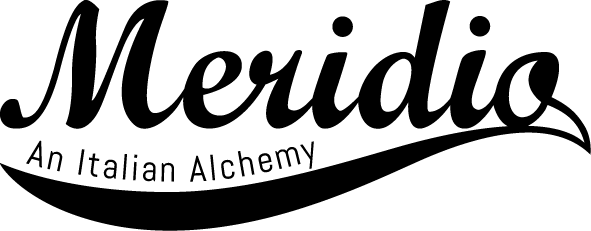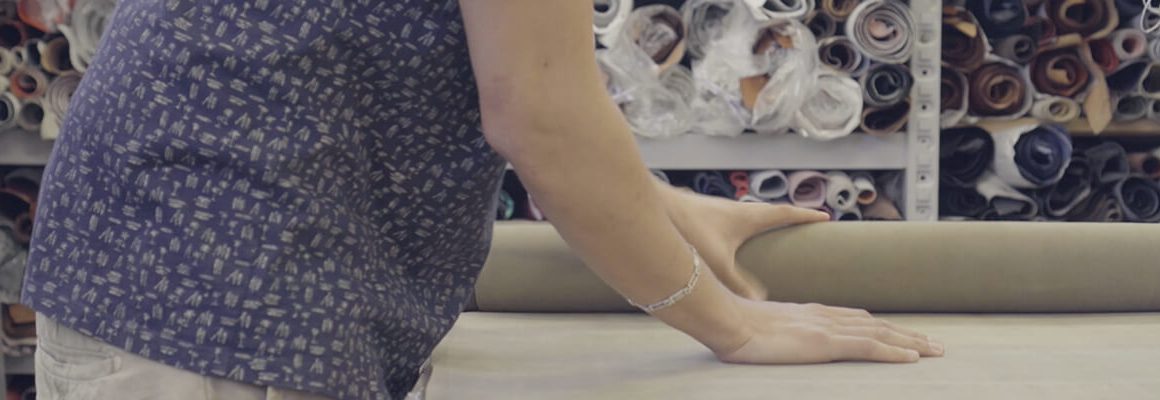Table of Contents
La pelle è un prodotto naturale e nobile che è da sempre utilizzato in una vasta gamma di attività umane. In Italia esistono più di 300 concerie: fabbriche moderne e sicure, dove la pelle viene prodotta secondo gli standard più alti di qualità ed efficienza. Ci sono tre aree principali nella penisola in cui è alta la specializzazione nel processo di produzione della pelle e ognuna di esse conserva caratteristiche peculiari che combinano la tradizione e il know-how degli artigiani con le più moderne tecniche di produzione.
Al Nord Italia troviamo concerie di piccole e medie dimensioni con grandi fabbriche specializzate nella lavorazione della pelle per la tappezzeria delle auto e gli interni domestici. Al centro Italia troviamo piccole concerie – la maggior parte a conduzione familiare – che offrono prodotti di alta qualità per la moda e il design. Una nicchia significativa di questi prodotti è rivolta alla produzione di modelli esclusivi di scarpe. Infine, le concerie del Sud Italia sono specializzate nella produzione di pelle per l’industria calzaturiera e dell’abbigliamento.
Vediamo ora le fasi della lavorazione della pelle necessaria a ottenere un prodotto eccellente: preparazione e concia.
Processo di produzione della pelle: la preparazione
Dall’inizio del XIX il processo di concia si è evoluto, i cambiamenti hanno ridotto notevolmente i prodotti chimici inquinanti e hanno creato nuovi metodi di concia e finitura. Dall’altra parte, in Italia, grazie a severe norme nell’industria alimentare e nella produzione della pelle, ogni partita è segnata con un codice univoco in modo che si possa tracciare l’origine di ogni singolo prodotto. La pelle infatti è un sottoprodotto dell’industria alimentare in modo che la materia prima dipenda strettamente dalle condizioni in cui vivono gli animali.
La materia prima è il punto di partenza del processo di lavorazione della pelle e la sua conservazione è un momento cruciale da cui ne deriva la qualità del prodotto finale:
- Le pelli vengono salate con sale marino comune per eliminare il più possibile l’acqua che porterebbe a un degrado naturale.
- Lo sbrinamento è un altro metodo e consiste nel raffreddare la pelle a temperatura molto bassa. Questo procedimento però non è così diffuso in Italia.
Dopo il processo di salatura le pelli vengono piegate e conservate fino a 30 giorni in un magazzino.
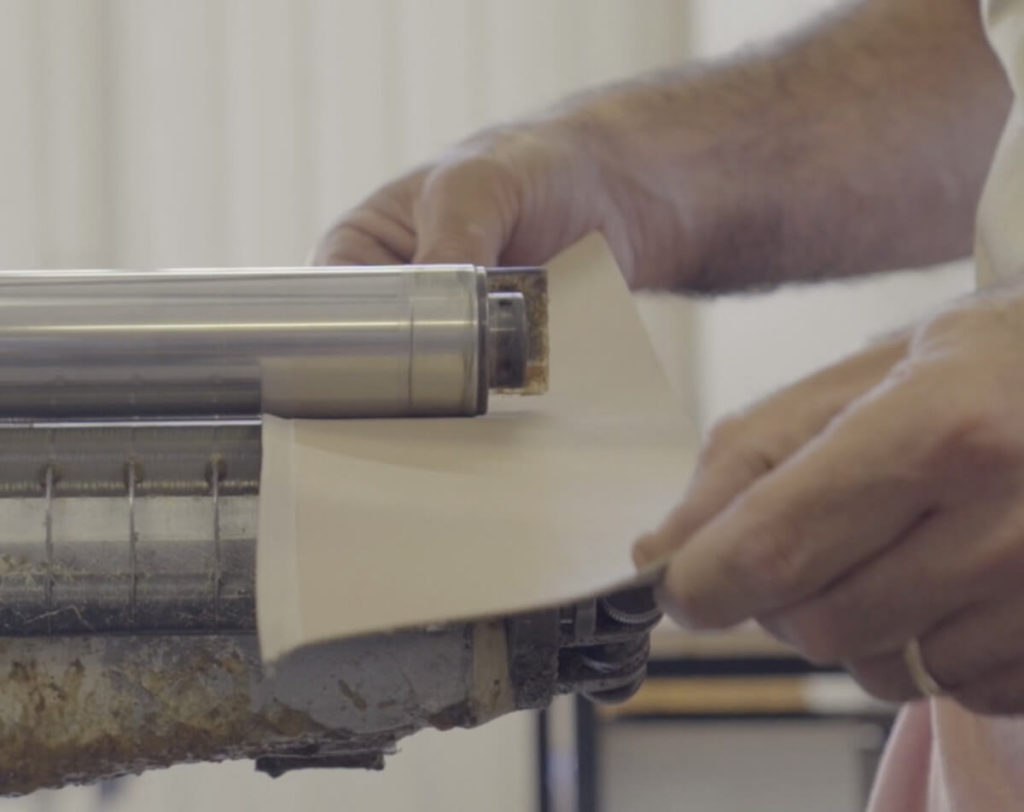
Il processo di lavorazione della pelle: la concia
Con il procedimento della concia il pellame indistinto diventa la pelle che conosciamo attraverso diverse fasi che possono essere suddivise come segue:
- Assorbimento: le pelli vengono messe nelle vasche per la concia piene d’acqua per un tempo che va da alcune ore a diversi giorni. L’acqua e gli agenti tensioattivi aiutano a togliere sale e sporcizia, mentre gli agenti antiruggine conservano la pelle e la ammorbidiscono.
IMPORTANTE: negli Stati Uniti e in Europa le concerie sono tenute a trattare l’acqua utilizzata nelle vasche da concia con metodi di filtraggio e purificazione.
- Pelle trattata e spelata: il materiale subcutaneo viene rimosso così come l maggior parte della peluria grazie a un trattamento a base di calce. Successivamente le pelli passano attraverso un macchinario che la divide in due strati: la parte inferiore e quella superiore, quest’ultima è quella più pregiata e viene utilizzata per creare prodotti di alta qualità.
- Processo di concia: converte il materiale che è ancora allo stato grezzo in vera a propria pelle. Può essere fatto utilizzando sostanze naturali o chimiche. La concia vegetale è un antico processo di lavorazione della pelle che utilizza materiali vegetali come la mimosa, il castagno e alcuni tipi di corteccia. Il processo sintetico invece si avvale del cromo, ma i due processi possono essere combinati per ottenere una pelle morbida e resistente.
- Sammying machine: due rulli applicano una forte pressione sulle pelli per rimuovere l’umidità in eccesso dopodiché le pelli vengono controllate e classificate a seconda delle caratteristiche e dei difetti naturali.
- Asciugatura: può essere fatta i modi differenti a seconda del grado di umidità delle pelli. L’asciugatura può essere a vuoto, per essiccazione in forno o all’aria.
- Tintura: è un processo lungo in cui le pelli vengono messe a mollo per diverse ore. Viene poi applicato un taglio per assicurarsi che la tintura abbia saturato le pelli al 100%.
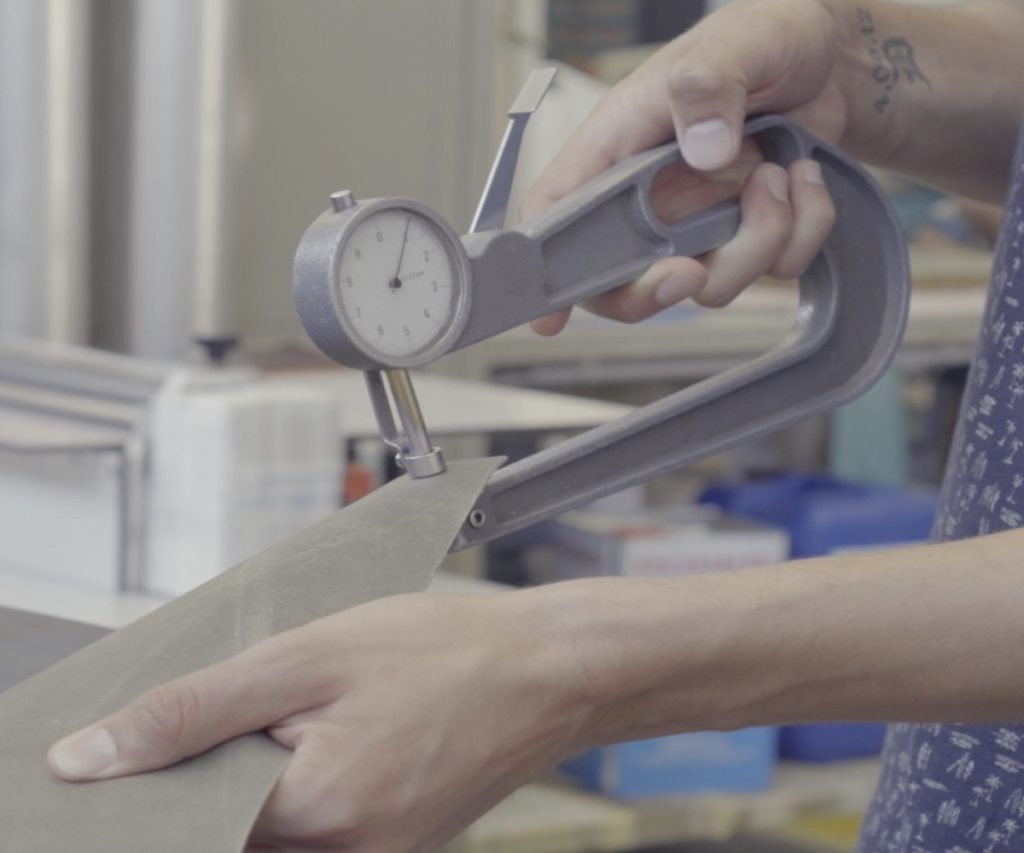
Reach certification: un processo di produzione della pelle più sicuro
La Reach Certification è un regolamento dell’Unione Europea adottato per migliorare la tutela della salute e dell’ambiente dai rischi derivanti dall’utilizzo di alcune sostante chimiche. Inoltre, promuove metodi alternativi per la valutazione dei rischi di certe sostanze per ridurre il numero di test sugli animali.
Tale regolamentazione è fatta per garantire un monitoraggio continuo del processo di lavorazione della pelle per offrire ai clienti dei prodotti sicuri e privi di sostanze dannose per la saluta. Meridio segue scrupolosamente la Reach Certification per garantire la qualità dei cinturini per Apple Watch: sostenibilità per le persone e per l’ambiente.
